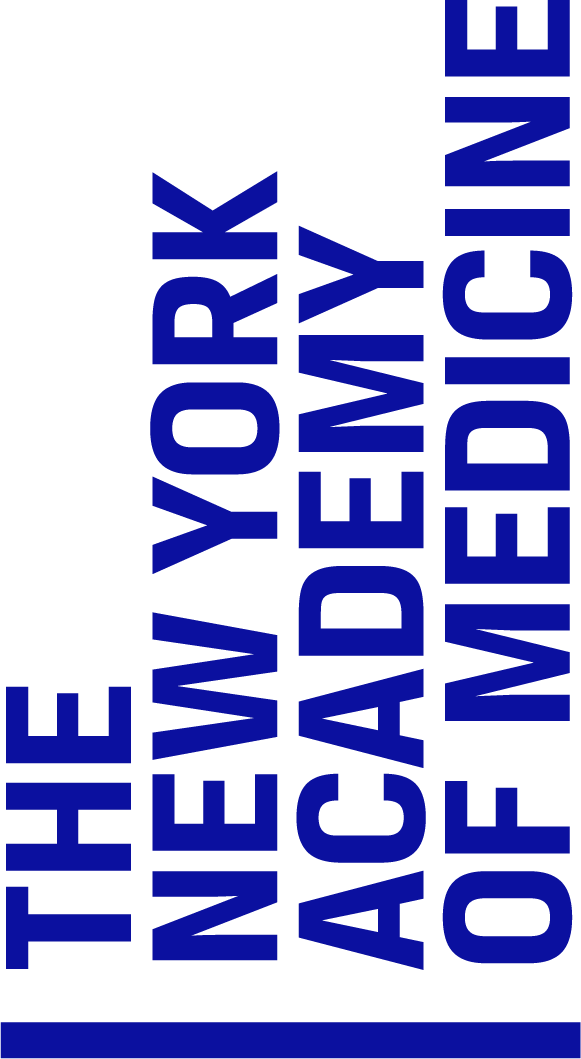Walther Hermann Ryff was a surgeon employed in Strassburg in the early 16th Century, and the author of as many as 65 works on diverse subjects, including architecture, poisons, cookbooks, herbal remedies, obstetrics and mathematics. This, the author’s best known work was published in Strassburg, in 1541, just two years before the publication of Vesalius’ Fabrica.
One of the highlights are the 42 beautifully hand-colored woodcuts in the text, compiled from a number of Renaissance sources. These images, mostly of bodies or partially dissected bodies, offer what the scholar Alexander Marr describes as an immediate “rhetoric of authenticity.” Depicted in the counterfeit style, a type of representation common in the sixteenth century in Northern Europe, the illustrations in this book would have implied eye witness knowledge and discovery. In this way, Ryff’s book asserted itself as a credible description of anatomy (though its illustrations were far from anatomically accurate).
Little is known about Ryff’s training, but he seems to have studied pharmacy in Basel, and absorbed much of his considerable medical knowledge by travelling through Europe. He was a successful author, frequently sought after by publishers. Among his peer group of writers, he would not have won any popularity contests. To the Swiss scientist Albrecht von Haller, he was a “compiler and polygraph of dubious morals,” and to Vesalius, simply, “the Strassburg plagiarist.” Leonard Fuchs, the great botanist, whose work was reprinted in Ryff’s name twice, called him an “extremely outrageous, reckless, fraudulent writer.” The grounds for their complaint are easily recognizable by examining this volume, which lifts images from Vesalius’s Tabulae sex (1538), from Eucharius Rösslin’s Der Rosengarten (1513), and from the anatomies of Johannes Dryander (1536), Jacapo Berengario da Carpi (1522), and from Lorenz Fries (1518).
Ryff’s defenders have argued that what today would be regarded as blatant plagiarism was more in keeping with Enlightenment practices of recycling intellectual property. Even so, his selections seem to have gone too far in the minds of his peers. In some cases, he modified the images, improving them. The Fries figures were repositioned, and seated on a bench. The Vesalian plates, now beautifully hand-colored, were superimposed on seated outlines of figures, which clarified the position of the vessels in the body.
Ryff’s skeletons fared less well in his possession. These were copied directly onto the wood-cut, so that the lettering and the skeletons themselves appear in reverse. The skeletons are depicted with an inadequate number of vertebratae and ribs, and are shown in inferior proportions.
The text of this book relied on lectures in anatomy and physiology, compounded from other sources. His audience was the ‘gemeine,’ or common man, and its composition in German, rather than Latin, ensured it would have a wider audience. In this way, it would have been indispensable to new readers as a compilation of Renaissance knowledge about the body.
The book also offers some tantalizing evidence about early printing history. The wood-blocks for this edition were reused for a set of broadsides, issued in both German and Latin editions, the same year, before they were passed to a Parisian printer, for new editions of Ryff’s work, and for a popular work on surgery. The reappearance of the Ryff woodcuts illustrate the practice of passing wood-blocks from publisher to publisher, and shows how work published in one city continued to be published and disseminated in others.
Photography by Ardon Bar-Hama courtesy of George Blumenthal.
